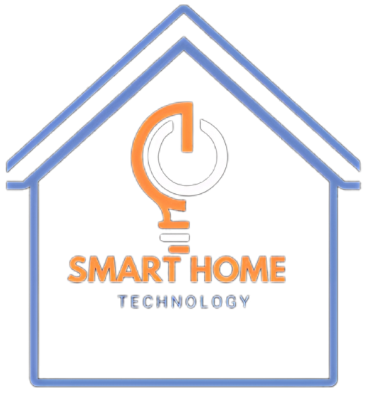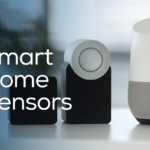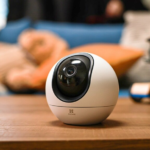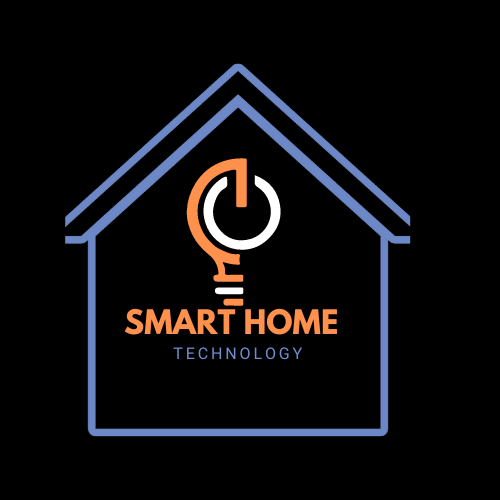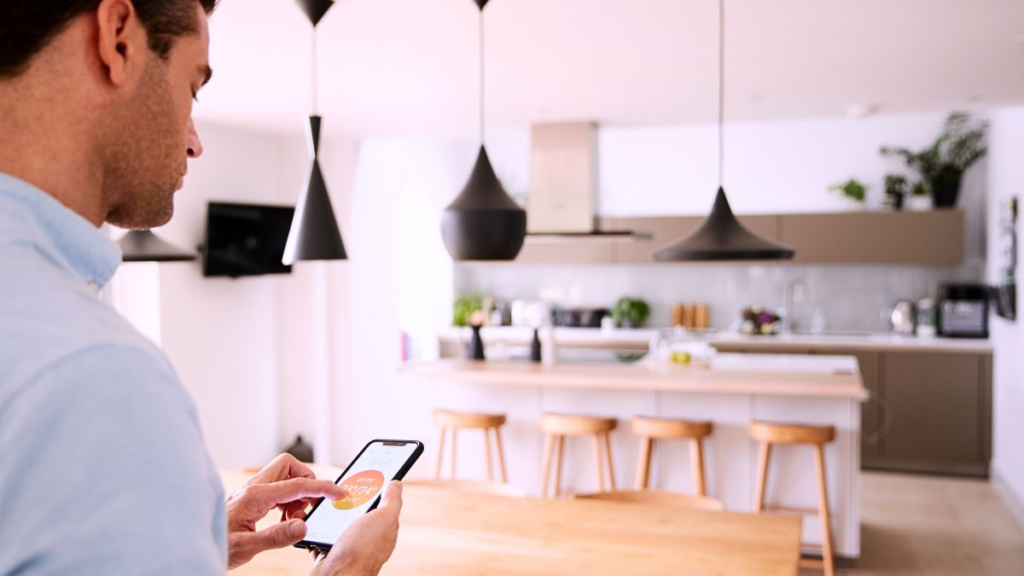
As smart homes become more popular, many question if all this high-tech equipment consumes more electricity. The answer is not straightforward. While smart thermostats, lighting, and energy-efficient appliances might help reduce expenses, the International Energy Agency’s 2023 research shows that the average smart home can consume 10-15% more electricity.
Some smart home devices include cameras, doorbells or bell cameras, and smart locks, making homes secure. Although they draw some energy, they are efficient in alerting; hence, less frequent monitoring is needed, which adds to smart home electricity usage efficiency.
How Does Smart Devices Operate?
Smart home devices are dependent on IoT and connectivity. They convey with one another and the user’s smartphone; they are accomplished through Wi-Fi, Bluetooth, or Zigbee.
Here’s a deeper look at their operation:
– IoT and Connectivity: The external structure of smart homes, IoT, links appliances to the internet, making them communicate with each other. This connectivity is essential for managing daily activities such as air conditioning depending on the weather or switching off the light when no one is in the room.
Photograph: Freepik
– Data Usage vs. Energy Consumption: Smart homes’ energy usage can sometimes be undefined; overall, smart devices consume less energy than their analogs because of the energy-efficient solutions employed. For example, smart home vs. traditional home electricity and water usage usually tend to show how smart electrical devices use less energy in general than their traditional counterparts because these appliances will only operate when needed.
Further, numerous machine-connected devices, such as thermostats and lights, control themselves to optimize energy consumption while maintaining desirable comfort.
To sum up, when installing smart home technologies, you not only make your house ‘smart’ but obtain savings in energy through smart home devices. Knowing how these devices work, you can choose your gear wisely, use them efficiently, and build an innovative, energy-efficient home.
Energy Consumption Behaviors in Smart Residential Buildings
Smart homes are defining new possibilities for human existence and providing people with perfect benefits. Nevertheless, measuring their effects on energy use becomes essential as more homes incorporate such sophisticated systems.
Let’s break down how smart homes influence energy usage in terms of potential increases and efficiency benefits.
– Increases in Energy Usage
While the benefits of a smart home are apparent, several conditions can result in higher energy consumption:
– Always-on Devices and Standby Power: Many smart home devices, such as smart speakers, security cameras, and home assistants, operate continuously and require a continual electricity supply. This can lead to a significant rise in overall energy usage. These devices may drain electricity even when not in use, resulting in higher smart home electricity usage than typical homes.
– Increased use of electronic devices: With the integration of various smart gadgets, such as entertainment systems, kitchen appliances, and even connected home entertainment hubs, homes may see an increase in the number of devices being used simultaneously. This increasing demand can potentially increase energy consumption in smart homes, mainly if numerous devices are operational simultaneously.
Energy Savings with the Right Devices

Despite these possible increases, smart homes provide considerable advantages in terms of energy savings, especially when using the proper gadgets.
– Automation and Optimization (e.g., smart thermostats): Smart thermostats, for example, automatically adjust your home’s heating and cooling systems based on real-time data, ensuring energy is used only when needed. This intelligent automation can dramatically cut down on wasted energy and help reduce smart home electricity usage. These devices optimize temperature control, leading to energy-efficient smart devices that keep your home comfortable and save money on utility bills.
– Reducing waste using bright lighting: Smart lighting systems enable you to control lighting remotely, establish timers, and adjust brightness based on occupancy or time of day. These devices save energy by only turning on lights when needed and altering settings based on the environment. This level of control provides a considerable advantage in managing smart home versus traditional home electricity usage, as energy is frequently lost due to wasteful lighting practices.
Smart houses can considerably reduce energy consumption when compared to traditional homes by selecting the appropriate energy-efficient smart devices and utilizing automation, making them a more sustainable and cost-effective solution in the long term.
How to Make Your Smart Home Energy Efficient
Setting up a smart home is wise not only in terms of practicality and safety but also wattage. Using the proper approaches and appliances, your home can be smart and environmentally friendly.
Here are some tips on using innovative technologies to reduce your home’s energy consumption.
The first step in creating an energy-efficient smart home is to select the appropriate appliances. Here are some essential devices to consider:
1. Smart Thermostats – These devices detect how much you use and begin to manage the temperatures you desire, even when you are not there or at night.
2. Lighting Efficiency – LEDs combined with smart lighting equipment reduce electricity usage compared to conventional lighting.
3. Smart Plugs – These allow you to ‘time shift’ your devices and automatically turn them off when not in use, saving energy.
4. Smart Appliance – Use efficient appliances like washing machines, refrigerators, and dishwashers; they use less energy.
Choosing products with energy star ratings will help reduce consumption while receiving maximum performance. These energy-efficient smart devices help optimize smart home electricity consumption.
Settings of Devices
Following your decision, the following settings must be set up on your smart devices that can conserve energy. Here’s how to accomplish it:
1. Automate Your Thermostat – When programming your thermostat, use your existing schedule as the baseline. For example, do set it to turn up or down the thermostat at night or when you are not home.
2. Smart Lights Should Be Programmed to Switch Off – Because movement sensors sense occupant movement, lights should automatically turn off after a period, especially if left on.
3. Smart Plugs for Timed Use—Plug your devices and program them to become active at a particular time and switch off at other undesired times to conserve energy.
Additionally, integrating smart appliances that only run when necessary ensures electricity is used efficiently throughout the day.
With smart home devices, you can optimize electricity usage, save money, and contribute to a more sustainable environment.
Factors Influencing Electricity Use in Smart Homes
Smart homes are changing the way we manage energy use. With the growing popularity of smart devices, it’s critical to understand how various factors influence electricity use.
Let’s look at the primary factors influencing power use in these modern dwellings.
– Device Performance and Efficiency
The quality and efficiency of the equipment used in smart homes are essential variables in determining electricity usage.
– Energy-efficient vs. conventional models
Energy-efficient smart devices, such as LED lighting, smart thermostats, and energy-saving appliances, are intended to conserve energy while remaining functional.
These models optimize electricity usage through features like automatic adjustment to temperature and lighting based on your habits, ensuring that power is only used when necessary. Compared to standard models, which can remain on or active when not needed, energy-efficient smart devices help significantly lower electricity bills.
– User Behavior
How homeowners interact with their smart devices also plays a crucial role in energy consumption.
Photo Credit: Okchomesellers
– Customization and intelligent scheduling:
One of the benefits of having a smart home is the ability to schedule and personalize settings. Users may enhance their home’s energy efficiency by using automatic lighting schedules, temperature management, and gadget activation depending on personal behaviors. A smart thermostat, for example, may learn your routine and change the temperature based on your preferences, ensuring that your HVAC system only operates when needed.
Misuse or overreliance on automation
However, using automation incorrectly or excessively might increase energy consumption. For example, leaving equipment on without correctly utilizing automation or forgetting to switch them off manually can result in needless energy consumption. You must balance automation and responsible energy consumption to guarantee that your smart home runs as efficiently as possible.
Understanding how to optimize both will help reduce energy usage in smart homes, making them a more sustainable and cost-effective living alternative.
Common Myths and Misconceptions of Smart Homes
Smart homes have become a buzzword in recent years, but with their rise come several misconceptions about their energy consumption and savings potential.
Let’s look at two common myths and uncover the truth.
Smart Homes Always Use More Power
One of the most common misconceptions regarding smart homes is that they always use more energy than ordinary homes. While it is true that smart equipment, such as smart lights and thermostats, is constantly active to keep your house connected, the reality is quite different.
Cost vs. Savings Analysis
Another common misconception is that the initial cost of smart home devices outweighs any potential long-term savings on energy bills. However, the investment in innovative technology can provide substantial savings over time.
Upfront Investment vs. Long-Term Savings:
While smart home systems may have a more significant upfront cost, their capacity to cut utility bills makes them a desirable investment. Energy consumption in smart homes is frequently reduced due to the automation of energy-saving technologies. For example, when comparing smart homes to traditional houses for electricity consumption, homeowners can drastically cut their energy expenses by including energy-efficient smart gadgets that optimize power usage without sacrificing comfort.
How to Make Your Smart Home Energy Efficient
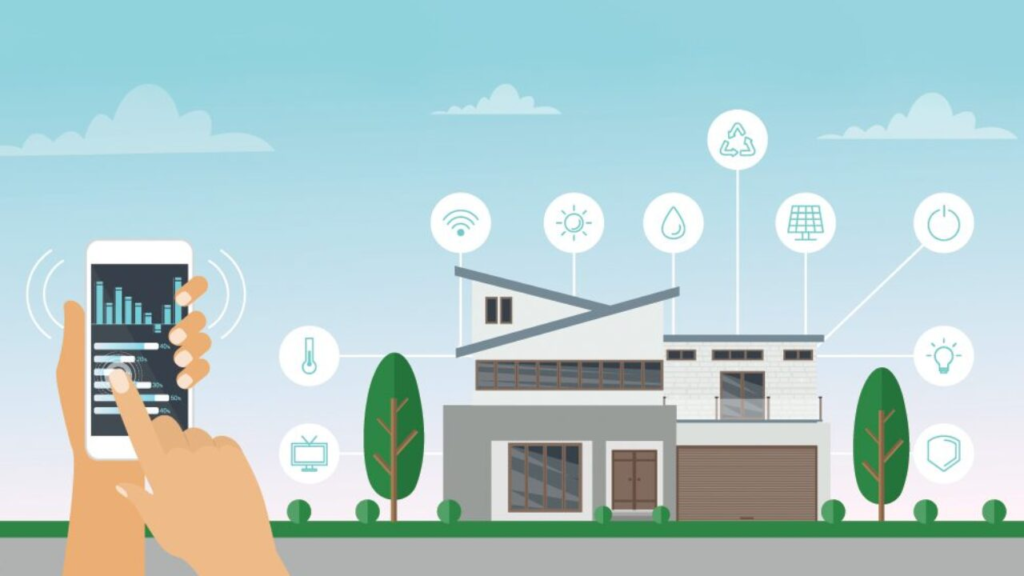
Actually, setting up a smart home is not just being wise in terms of practicality and safety, but also wattage. Using the proper approaches and appliances, your home can be smart but also environmentally friendly. Here, you will find some tips on how to use smart technologies to reduce the energy consumption of your home.
Configuring Smart Home Devices
The options that need to be configured after the decision on your smart devices that can save energy include the following:
Here’s how you can do it:
1. Automate Your Thermostat– Make it a point to use your current timetable as the baseline when programming your thermostat. For instance, do set it to lower or increase the temperature when you are out of the house or at night.
2. Smart Lights Should Be Programmed to Switch Off – Lights should automatically switch off after a while, especially if left on due to movement sensors that detect the occupant’s movement.
3. Smart Plugs for Timed Use—Plug your devices and program them to become active at a particular time and switch off at other undesired times to conserve energy.
4. Automation Tips and Best Practices: Ensure your devices reflect your daily schedule. For instance, the smart thermostats can adjust temperature themselves, and smart lighting systems shut down whenever not required. This reduces excessive energy use by smart homes, making optimal use of energy resources.
Measuring Current and Utilizing Energy
It is important to monitor your home smart devices with energy features to track your energy consumption. Use these apps and tools to stay on top of your energy use:
1. Google Home—Google’s platform offers energy utilization for connected devices, and you can check how electricity is being used.
2. Amazon Alexa – Alexa interacts with smart home gadgets and can look at and report on the energy utilization for gadgets that support energy tracking.
3. Third-Party Apps—Applications such as Sensor or Energy Hub enable users to get data for a single appliance, analyze trends, and receive notifications when usage is high.
It helps you track your smart home electricity consumption and provides the details you require to control and minimize your total use. From the check of these reports, one can discover places where energy is being misused, making the need to change the same.
Using these monitoring tools will assist you in making the right decisions to avoid energy and cost waste. Are smart homes energy efficient? Definitely—depending on the devices, their settings, and usage, one can considerably decrease his household’s energy impact.
FAQs
Will a smart house increase energy consumption?
Not necessarily. While smart devices demand power, they also optimize utilization, frequently lowering overall energy consumption through efficiency.
How do smart homes conserve energy while using more devices?
Smart thermostats, lights, and energy management systems reduce waste by altering settings according to occupancy and schedule.
Are there any special smart devices that use less electricity?
Yes, energy-efficient equipment such as LED smart lights and low-power sensors use substantially less electricity than their old counterparts.
Do smart homes lead to higher electricity bills?
If devices are not managed properly, they could increase bills, but energy-saving features often offset additional costs.
How can I ensure my smart home is energy-efficient?
Use automation, monitor consumption via energy management apps, and invest in devices with high energy efficiency ratings.
Conclusion
While smart homes, due to added devices, have the potential to use more electricity, their overall impact depends on how efficiently they are managed. With proper use of energy-saving technologies and automation, smart homes can optimize energy consumption and even reduce overall electricity usage. The key lies in adopting sustainable practices and making thoughtful choices when integrating smart devices into the house.
